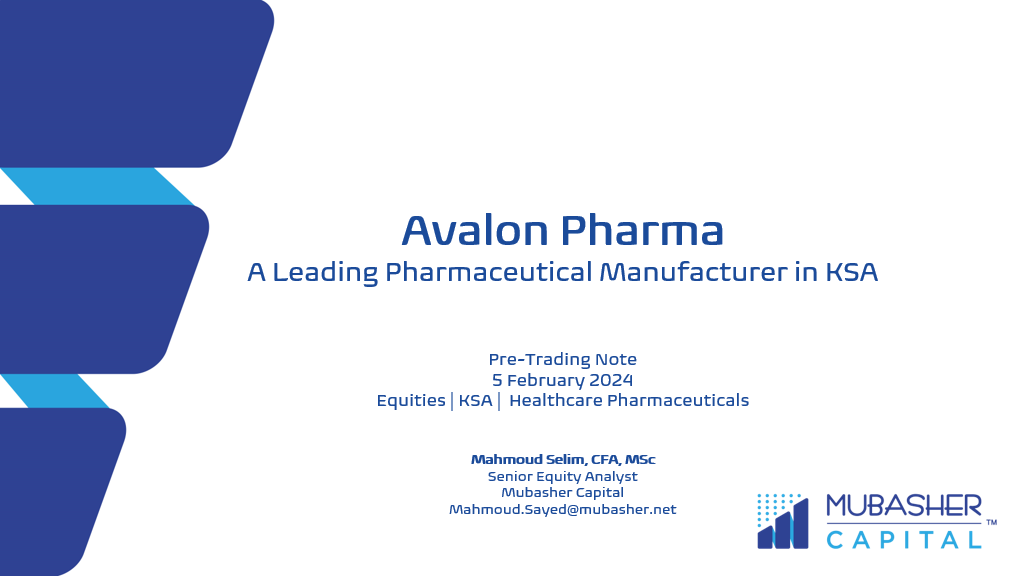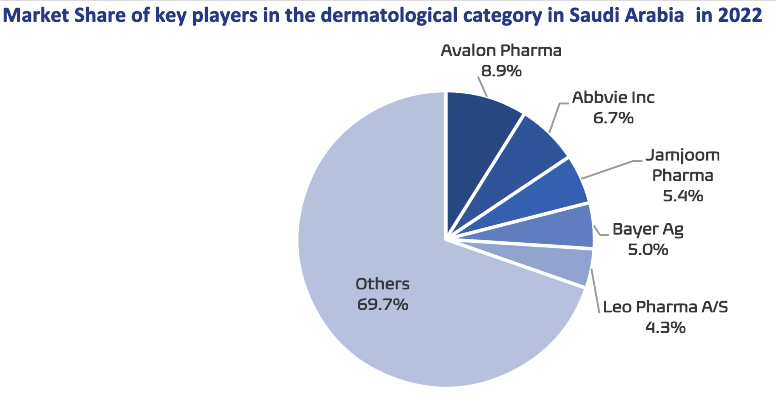Managing your finances can be a daunting task. There are so many different avenues to take when it comes to investing your money, but two of the most common options are wealth management and investment banking. While they may sound similar, these two approaches are actually quite different.
Wealth management focuses on the long-term management of your finances, considering your overall financial goals and objectives. Investment banking, on the other hand, is a more transactional approach that focuses on buying and selling securities for clients.
Understanding the differences between these two approaches is crucial in making informed decisions about your financial future. In this article, we will take a deep dive into the world of wealth management and investment banking, exploring the key differences between these two investment strategies.
So, whether you’re a seasoned investor or just getting started, read on to learn more about these important financial concepts.
Key differences between wealth management and investment banking
The main difference between wealth management and investment banking is the approach that each takes to managing a client’s finances. Wealth management is a long-term approach that considers a client’s overall financial goals and objectives.
This includes not only investments, but also retirement planning, estate planning, tax planning, and risk management. In contrast, investment banking is a more transactional approach that focuses primarily on buying and selling securities for clients.
Another key difference is the type of clients that each serves. Wealth management is typically geared towards high net worth individuals and families, while investment banking is geared towards corporations and institutions.
Wealth managers work closely with their clients to create personalized investment strategies that align with their goals and objectives, while investment bankers work with corporate clients to raise capital, facilitate mergers and acquisitions, and provide other financial services.
Finally, the compensation structure for each profession is different. Wealth managers typically earn a percentage of the assets under management, while investment bankers earn a combination of base salary and performance-based bonuses.
Wealth management services
Wealth management services typically include investment management, retirement planning, estate planning, tax planning, and risk management. Wealth managers work closely with their clients to understand their financial goals and objectives, and then create customized investment strategies that align with those goals.
This may involve selecting individual stocks and bonds, as well as utilizing various types of investment vehicles such as mutual funds, exchange-traded funds (ETFs), and alternative investments.
Retirement planning is another key component of wealth management. Wealth managers work with their clients to determine how much they need to save for retirement, and then create a plan to help them achieve that goal.
This may include selecting appropriate retirement accounts such as IRAs and 401(k)s, as well as determining when to start taking Social Security benefits.
Estate planning is also an important aspect of wealth management. Wealth managers work with their clients to create an estate plan that outlines how their assets will be distributed after their death.
This may involve creating trusts, setting up charitable foundations, and other strategies to minimize taxes and ensure that the client’s wishes are carried out.
Unlock Wealth: Sign Up Now for Smart Investing Success
Investment banking services
Investment banking services are geared towards corporations and institutions, and typically involve raising capital, facilitating mergers and acquisitions, and providing other financial services.
Investment bankers work closely with their clients to understand their financial needs and objectives, and then create customized solutions to meet those needs.
One of the primary services provided by investment bankers is underwriting and issuing securities. This may involve working with a company to issue stock or bonds, and then marketing those securities to investors.
Investment bankers also play a key role in facilitating mergers and acquisitions, providing advice on valuation, negotiating deal terms, and ensuring that the transaction is structured in a tax-efficient manner.
Other services provided by investment bankers include asset management, risk management, and financial advisory services. Investment bankers may also provide research and analysis on various companies and industries to help their clients make informed investment decisions.
Career paths in wealth management and investment banking
Wealth management and investment banking are both highly competitive fields, and require a combination of technical skills and interpersonal abilities. In general, a career in wealth management requires strong analytical skills, attention to detail, and the ability to build relationships with clients.
A background in finance, accounting, or economics is typically required, as well as industry-specific certifications such as the Certified Financial Planner (CFP) designation.
A career in investment banking requires strong analytical skills, financial modeling expertise, and the ability to work in a fast-paced, high-pressure environment.
Investment bankers typically have a background in finance, economics, or business, and may hold advanced degrees such as an MBA. Industry-specific certifications such as the Chartered Financial Analyst (CFA) designation may also be required.
Skills required for wealth management and investment banking
Both wealth management and investment banking require a combination of technical skills and interpersonal abilities. In wealth management, strong analytical skills are essential, as wealth managers must be able to analyze financial data and make informed investment decisions.
Attention to detail and the ability to build relationships with clients are also important, as wealth managers must be able to understand their clients’ needs and goals, and then create customized investment strategies that align with those goals.
In investment banking, financial modeling expertise is essential, as investment bankers must be able to analyze company financials and create complex financial models to support their recommendations.
Strong communication and negotiation skills are also important, as investment bankers must be able to present their ideas to clients and negotiate favorable terms for their clients.
Education and certifications for wealth management and investment banking
A background in finance, accounting, or economics is typically required for a career in wealth management or investment banking. Many wealth managers hold industry-specific certifications such as the Certified Financial Planner (CFP) designation, which requires passing a rigorous exam and completing ongoing continuing education requirements.
Investment bankers may hold advanced degrees such as an MBA, and may also hold industry-specific certifications such as the Chartered Financial Analyst (CFA) designation.
Compensation in wealth management and investment banking
Compensation in wealth management and investment banking can be quite lucrative, but is heavily dependent on performance. Wealth managers typically earn a percentage of the assets under management, which can range from 0.5% to 2% per year.
Investment bankers typically earn a combination of base salary and performance-based bonuses, with the bonus component often making up a significant portion of their compensation.
Pros and cons of working in wealth management and investment banking
Working in wealth management and investment banking can be both rewarding and challenging. Wealth managers have the opportunity to build long-term relationships with their clients and help them achieve their financial goals, but may also face challenges such as market volatility and regulatory changes.
Investment bankers have the opportunity to work on high-profile deals and earn significant compensation, but may also face long hours and intense pressure to meet performance targets.
Conclusion
Wealth management and investment banking are two distinct approaches to managing a client’s finances. Wealth management focuses on the long-term management of a client’s finances, while investment banking is a more transactional approach that focuses on buying and selling securities for clients. Both fields require a combination of technical skills and interpersonal abilities, and can be quite lucrative for those who excel.
Understanding the key differences between these two approaches is crucial in making informed decisions about your financial future.















